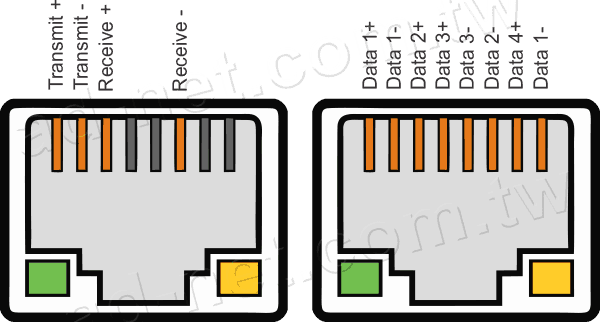Various types of networking applications rely on different types of cables. This article is dedicated to provide better understanding of the latter one.
Originally developed approximately 30 years ago, Ethernet currently is being used in 75% of worlds networking solutions. It has developed over the years, currently supporting enormous bandwidth of 100 Gigabit. Ethernet is currently used on a number of different cabling systems over different distances.
Reasons for Ethernet being highly popular are in its low cost, easy installation, reliability, and high speed. It can accommodate almost every cabling type there is – from unshielded twisted-pair to fiber optic cable.

Ethernet code names are using abbreviations for easier understanding in which applications it will be used. For example 10Base-5 Ethernet is a 10 Mbps speed, baseband connection with longest distance of 500 meters. First number indicates maximum speed of the network, “Base” is for indicating baseband, and last part is either distance, or media type. 10Base-36 is a 10 Mbps broadband Ethernet network with maximum segment length of 2.6 km. 10Base-FL indicates fiber optic cable usage in the network.
When talking about 10Base, 100Base and 1000Base cables, first and most noticeable difference (apart from speed) is the use of all the pins in latter one, compared to four pins in 10 Mbps and 100 Mbps cable jacks. Initially, 1000 Mbps Ethernet was supported only by optical cable. Researchers overcome the problem with the introduction of 1000Base-T Ethernet that relies on unshielded twisted-pair.
Most of the solutions with bandwidth of over 1000Mbps traditionally rely on fiber optics (with the exception of 10GBASE-T). It is expected to get new standard of 400 Gbps in near future for the Ethernet.
Solutions for converting copper based Ethernet to Fiber exist, for example these Fiber Media Converters.


